How to catch a sheepshead, and even better how to land a sheepshead. Often referred to many as the "convict" fish due to their unique black and white stripe pattern and ability to quickly steal bait, Sheepsheads are one of the most fun coastal fish species to target, catch, and eat. Sheepshead are members of the porgy family and can be found along the coast of the Gulf of Mexico and all the way up the eastern seaboard to the mid-Atlantic. In this article, we’ll list the best rod and reel setup, baits and lures, and tips to locating and catching Sheepshead.
Rod and Reel Setup
For sheepshead fishing, we recommend anglers choose a short, stout rod with medium fast action in order to feel the delicate bite of a sheepshead. Our 5’11’’ Medium Extra-Fast Spinning Rod was designed specifically for the type of fishing you’re aiming for. Known as the “Convict Rod”, this rod offers you everything you’ll need to be successful in targeting sheepshead.
As for reel, we suggest paring with our 3000 Elite Carbon Series Reel for the ultimate rod and reel combo. With 16 lb. drag and IPX5 sealed system, this reel is perfect for sheepshead fishing in tidal waters. Pair reel with 20 lb. braided line and 3 feet of fluorocarbon leader.
Bait and Lures
Sheepshead jigs are great for getting your bait down to the bottom of the water quickly and quietly. For bait, use small mud crabs which can easily be found under rocks or oyster beds.
PRO TIP: When rigging your bait, rip the mud crabs big claws off in the bucket and thread the jig through the hole it creates. When on the jig, cut off the corner of the shell and one set of legs to prevent the crab from moving around and help put scent in the water.
Where and When To Catch Sheepshead
Sheepshead prefer to congregate around jetties, bridges, docks with deepwater access. Ideally, try to fish around 2 hours before or 2 hours after low tides as these fish are more active when water is flowing.
When trying to find sheepshead, look for dock pilings that are separated by deeper water. Pilings with “growth” or a buildup of oysters, barnacles, and soft corals are prime spots for sheepshead to relax and get a quick meal. Drop your line and bait as close to the piling as possible without getting snagged. Set your drag pretty tight, drop the tip of the rod, and prepare to hook set on the slightest of tugs.
The best way to learn is time spent on the water so grab your Toadfish Rod and Reel and get out there!
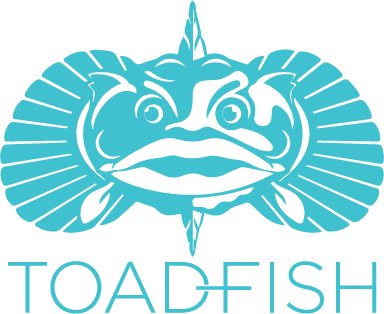

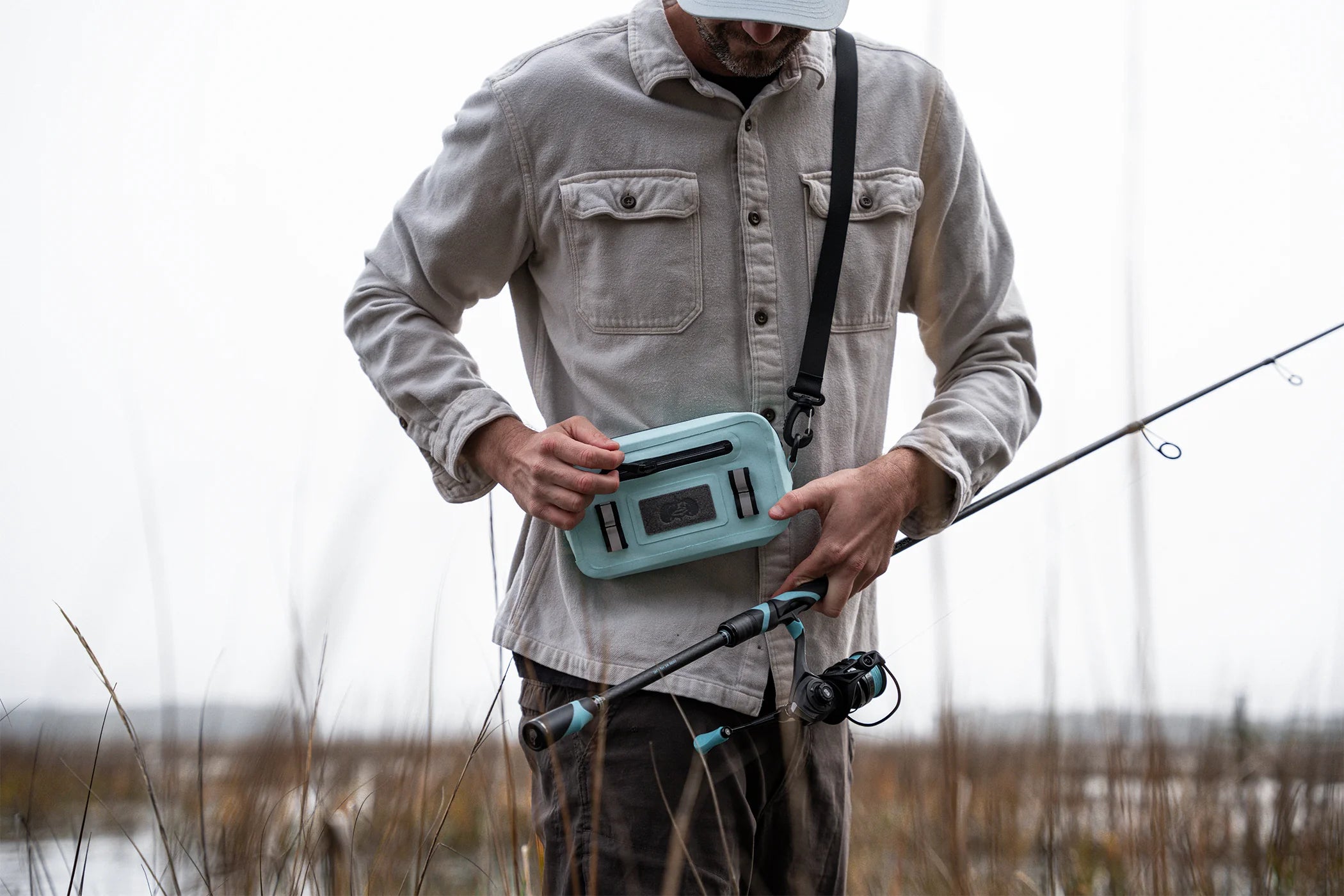
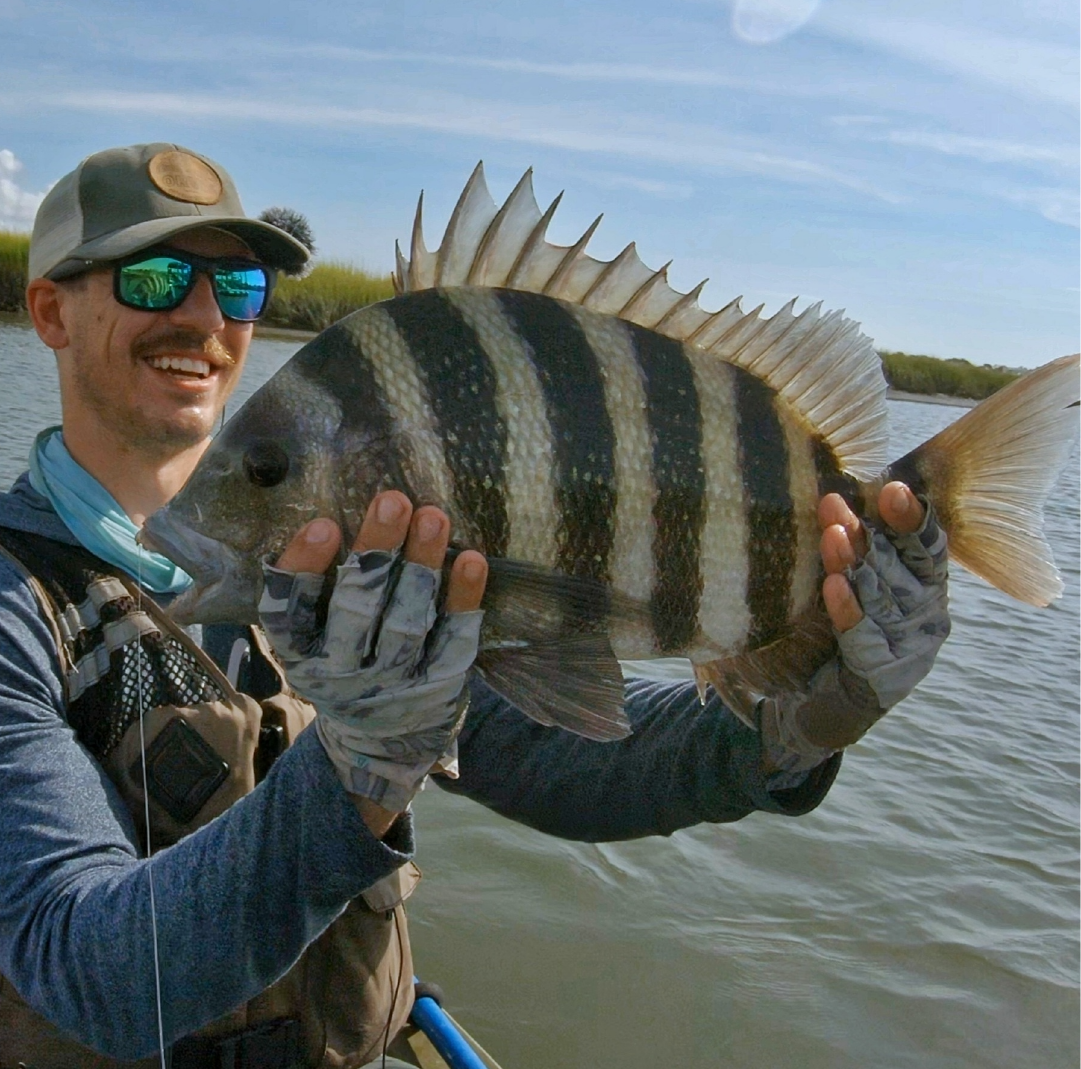
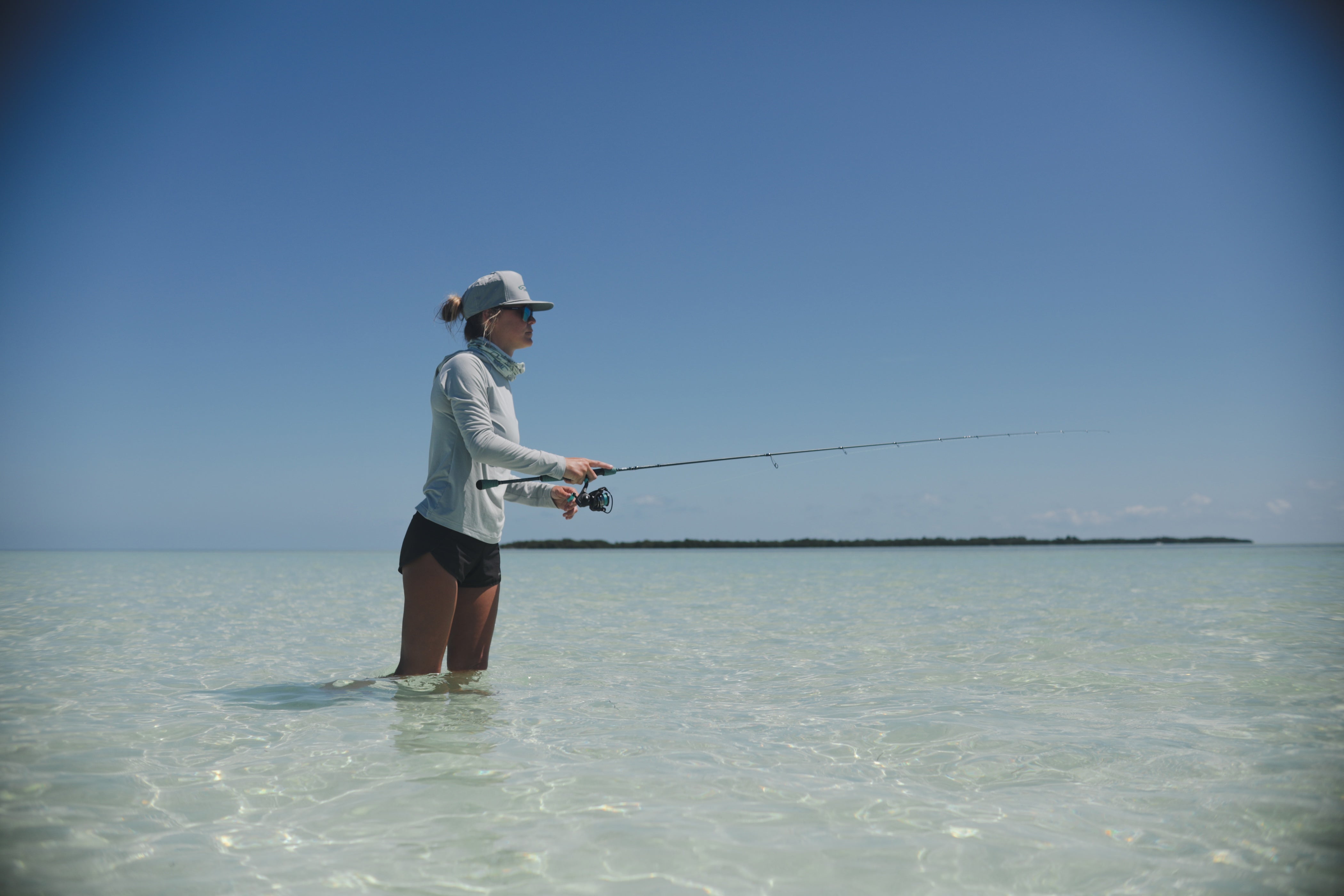
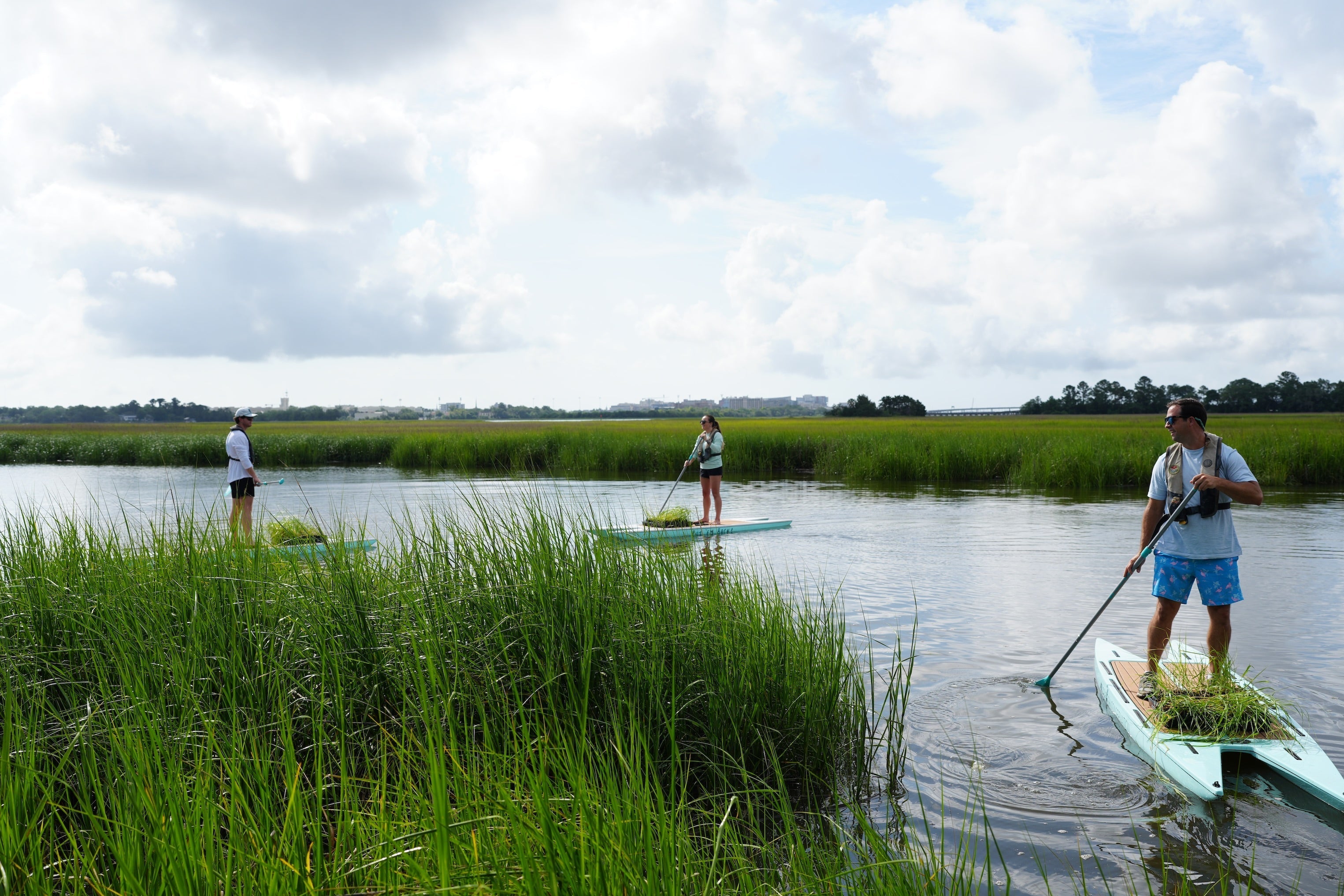
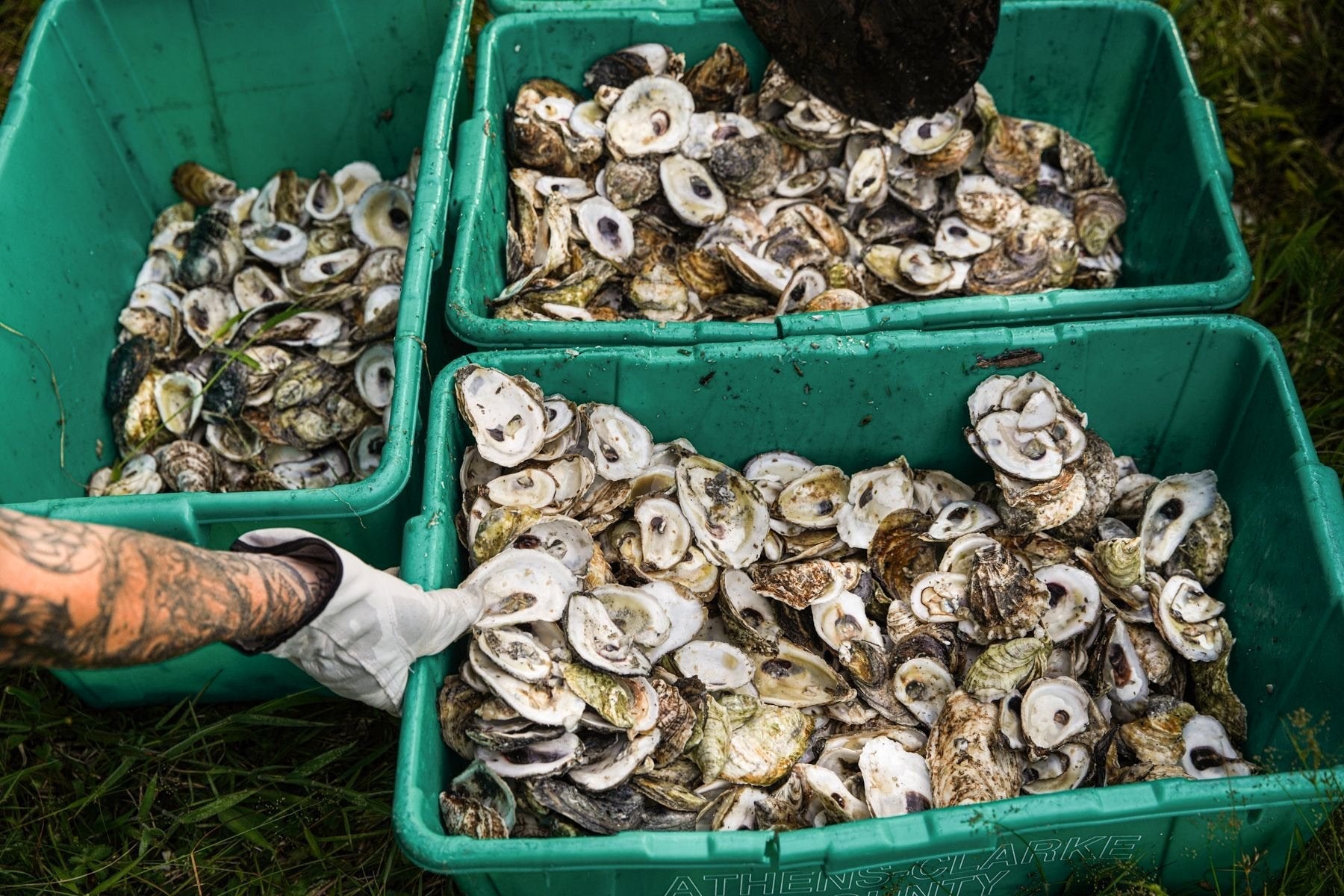
Share:
How To Use a Stainless Steel Wine Chiller
Toadfish Donates $10K For 3D Printed Artificial Reef on Pamlico River
1 comment
I want a couple convict rods but it seems the internet doesn’t want me to have em. No matter where I go I can’t find one to purchase.